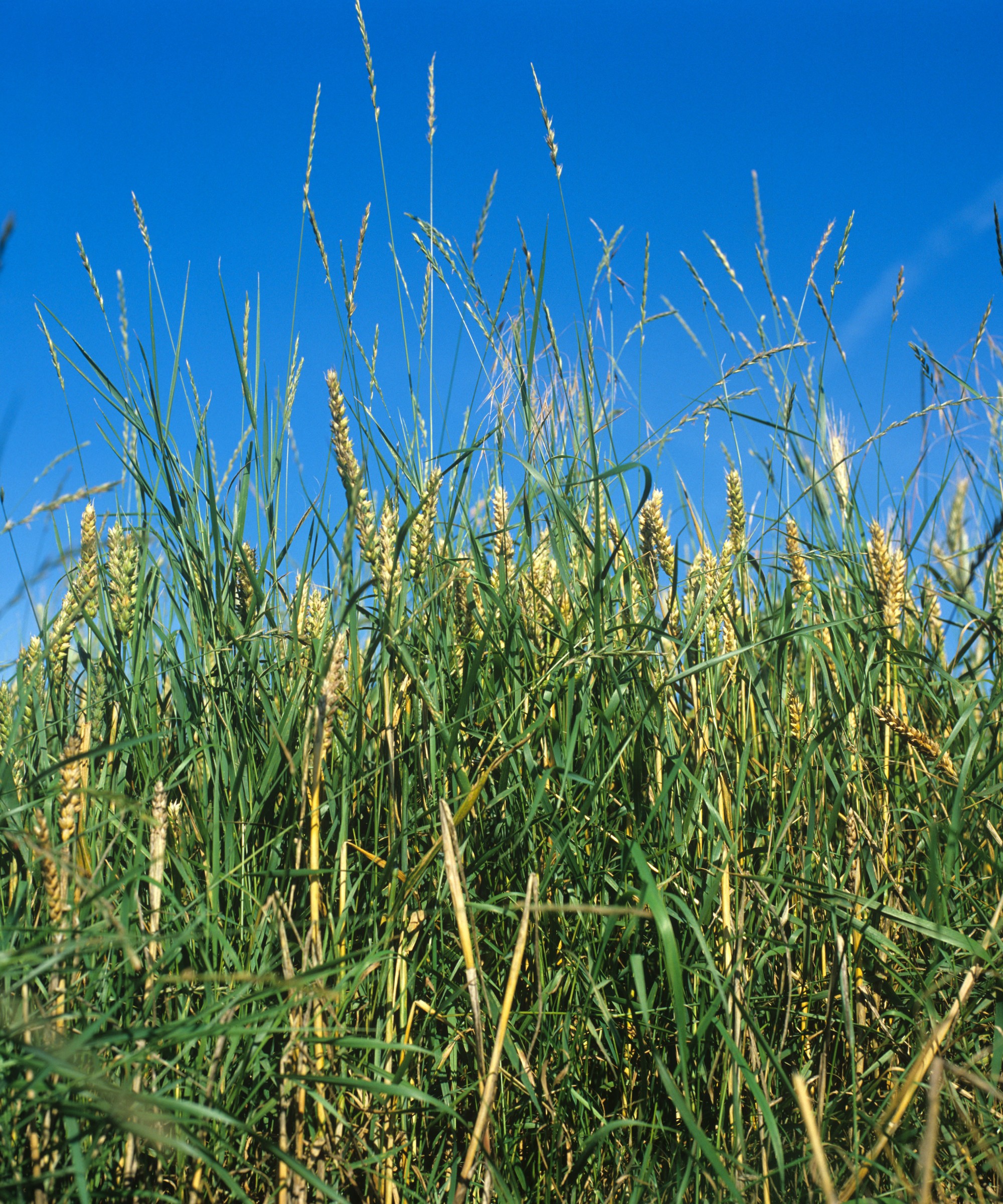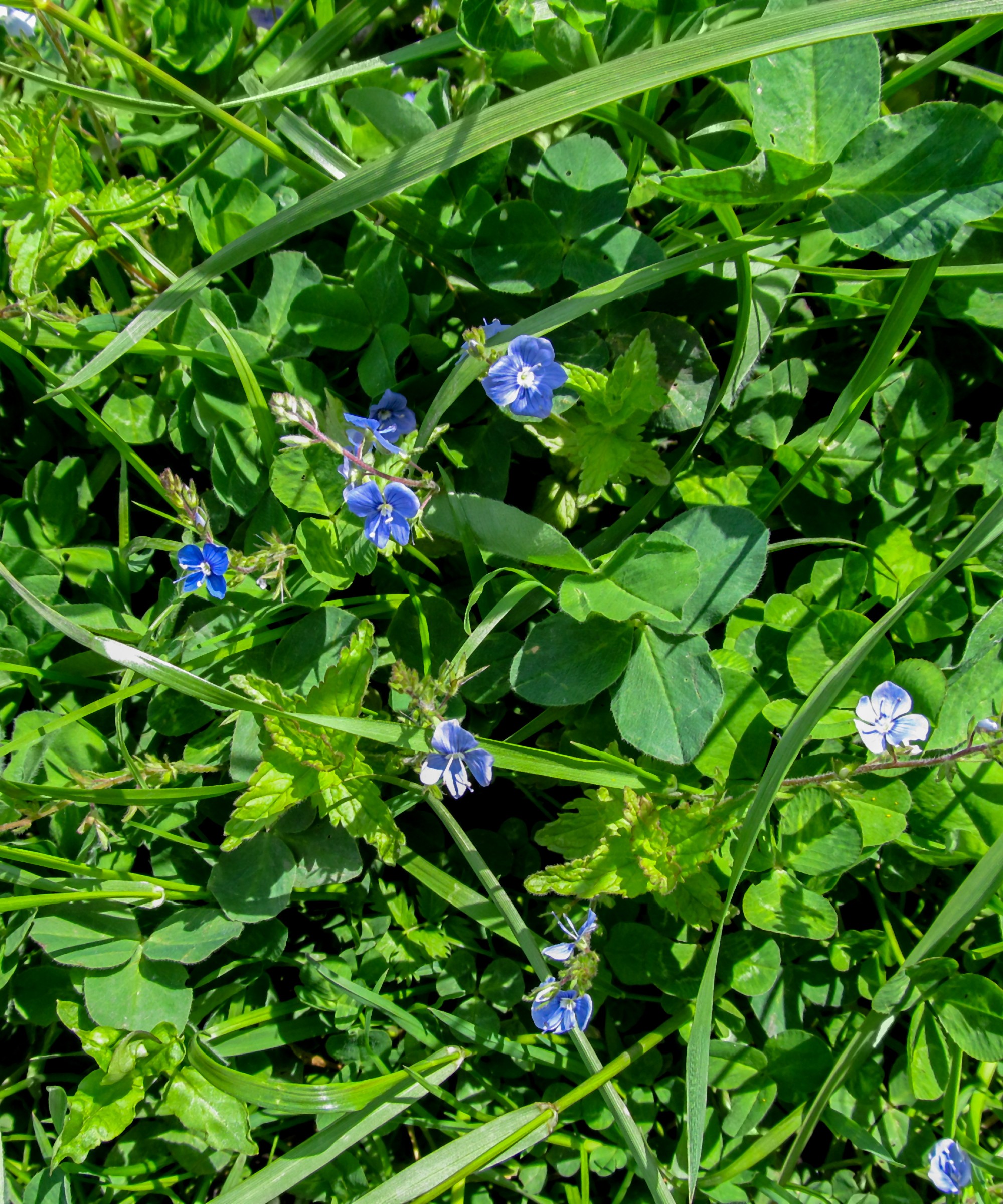How to get rid of quackgrass – methods to regain control over the invasive weed
Knowing how to get rid of quackgrass will promote a weed-free garden this summer – this is what the experts want you to know


If you're wondering how to get rid of quackgrass (Elymus repens) then it's likely that your land has fallen victim to this common perennial. No garden is entirely safe from quackgrass – and if you spot this aggressive weed in your exteriors then it is important to act fast.
Quackgrass spreads and reproduces via powerful underground rhizomes (horizontal roots) – meaning it can overrun your garden in very little time – so you'll need to become acquainted with the appropriate garden ideas and solutions fast.
How to get rid of quackgrass – according to experts

'Quackgrass is an invasive weed that is extremely difficult to get rid of after it has taken root in your yard or garden, so the best thing you can do is to prevent it from growing in the first place,' says Brandon Ballweg, a garden expert from Solid Ground Environmental.
However, while we admit that prevention is better than the cure, it is possible to regain control over your garden – with the right advice. This is how to get rid of quackgrass, the professional way.
1. Manually remove the quackgrass

Brandon warns that one of your only options to get rid of quackgrass is to pull it out by hand. When manually removing the weed, you should try to pull as much of the root out of the soil as possible to destroy the deep-rooted systems.
However, while pulling out your quackgrass is an option, Professor Richard VanVranken warns that this process comes with its challenges.
'If the quackgrass is in a very small area of turf, or especially in a tilled vegetable garden, one could dig out a few small clumps, carefully avoiding breaking any of the underground stems as much as possible,' Richard says. He adds that you should remove any new sprouts if any broken-off rhizomes do regenerate.
Design expertise in your inbox – from inspiring decorating ideas and beautiful celebrity homes to practical gardening advice and shopping round-ups.
'It's [hard] to distinguish new young quackgrass sprouts amid the turf grasses, so that's not going to be easy,' the professor warns. 'Depending on the size of the vegetable garden, and the severity of the infestation, hand removal may be overwhelming in your situation.'
2. Use specialist weed killer

While you may know how to get rid of weeds such as dandelions and crabgrass, knowing how to get rid of quackgrass can involve an even more specialist solution. Professor Richard suggests investing in herbicide glyphosate [similar to this one on Amazon] that is powerful enough to fight the weed.
Though, once again, this method comes with caution. The expert suggests that herbicide glyphosate will kill all the vegetation in the infested area, so you may need to 're-seed' or 're-sod' your area to establish a new lawn. 'The benefit of glyphosate is that it moves throughout the entire plant (top growth and underground) to kill all of those rhizomes – so no more resprouting,' he adds.
'Other herbicides may only kill the plant parts growing above ground leaving the rhizomes to regrow.'
So, while herbicide glyphosate has the ability to get rid of quackgrass – it may also involve starting your kitchen garden ideas from afresh too. Whatever method you decide to use against this weed, remember that it may, unfortunately, come with a cost.

Megan is the Head of Celebrity Style News at Homes & Gardens, where she leads the celebrity/ news team. She has a history in interior design, travel, and news journalism, having lived and worked in New York, Paris, and, currently, London. Megan has bylines in Livingetc, The Telegraph, and IRK Magazine, and has interviewed the likes of Drew Barrymore, Ayesha Curry, Michelle Keegan, and Tan France, among others. She lives in a London apartment with her antique typewriter and an eclectic espresso cup collection, and dreams of a Kelly Wearstler-designed home.